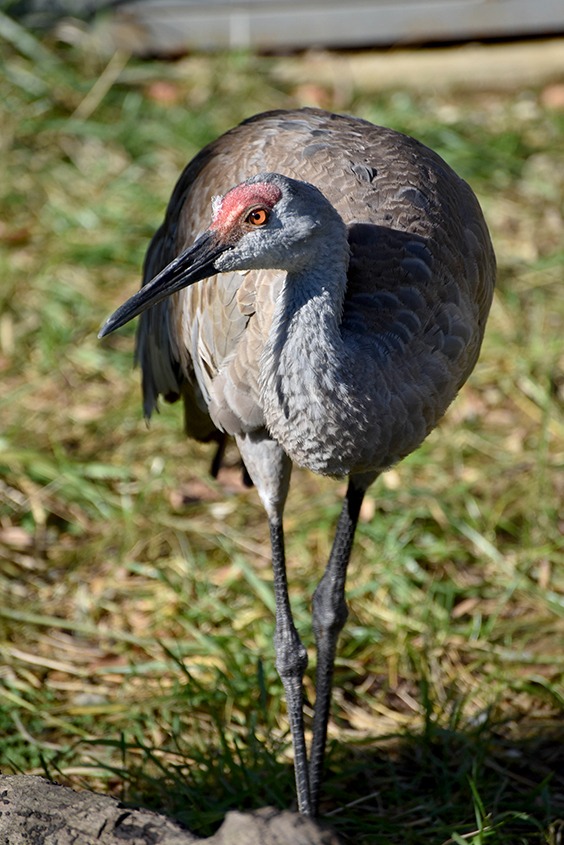
The Maryland Zoo is happy to announce the addition of a young sandhill crane to The Maryland Wilderness Marsh Aviary. “Garrett” is approximately 18 months old and was initially brought to the Zoo for medical attention after he was reported to the Maryland Department of Natural Resources for approaching people and walking down the center lane of a highway in Garrett County.
“According to various sources, this crane was spotted not only dangerously close to traffic over the course of a few weeks, but was also once seen in the parking lot at a Home Depot,” said Jen Kottyan, avian collection and conservation manager at the Zoo. “Our colleagues at the department called us to borrow a crate so they could catch him, and they brought him here to the Zoo for a medical check-up with our veterinarians.”
The bird was healthy, but thin and seemingly imprinted on humans as he appeared unafraid of department and Zoo staff, opting to follow them rather than keep his distance. “Based on our observations of this bird’s behavior it appears that he must have been relying on someone for food early on in his life, which would explain his lack of fear of humans,” continued Kottyan.
“Our response team received multiple reports of the crane before we were able to get our hands on him,” Maryland Wildlife and Heritage Associate Director Karina Stonesifer said. “Every time we would get to the site he’d be gone. We finally met the bird about a week later, and he was pretty funny, coming toward us as if wanting to be acknowledged and then quickly dipping off and running. This was the first time any of us had every handled this species in the wild.”
Sandhill cranes are relatively tall slate grey birds with a long neck, long legs, and bare crimson skin on the front of their head. They are usually found in huge flocks numbering the thousands in central and western North America. They breed and forage in open fields and wetlands, migrating in the early fall to the southern US and northern Mexico. They are not endangered and populations thrive in their natural range, but they are infrequently seen this far east. According to the Department of Natural Resources however, their range is gradually spreading east and this past summer one breeding pair nested in Garrett County.
“The Zoo frequently partners with the Department of Natural Resources on wildlife rescue, rehabilitation, and fieldwork projects,” said Kottyan. “We are always hoping that any birds brought to us for medical attention can be returned to the wild, but that was not the case with this bird given his proclivity for following people. We are happy to offer him a permanent home here in the Marsh Aviary. We have a wide array of native birds in the Aviary and Garrett seems to be settling in nicely.”

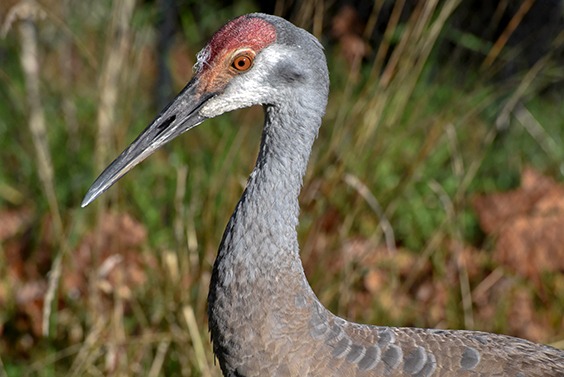
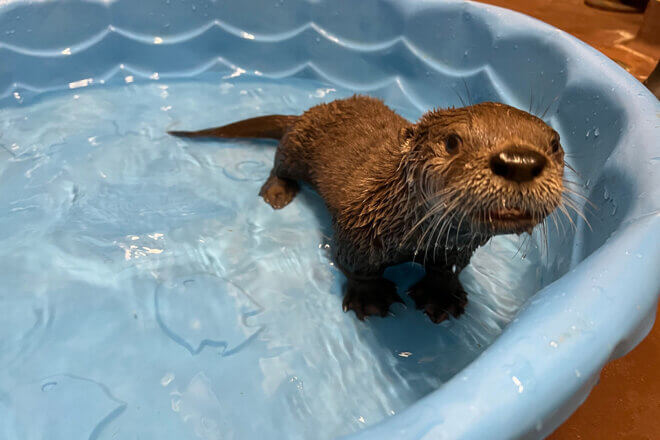
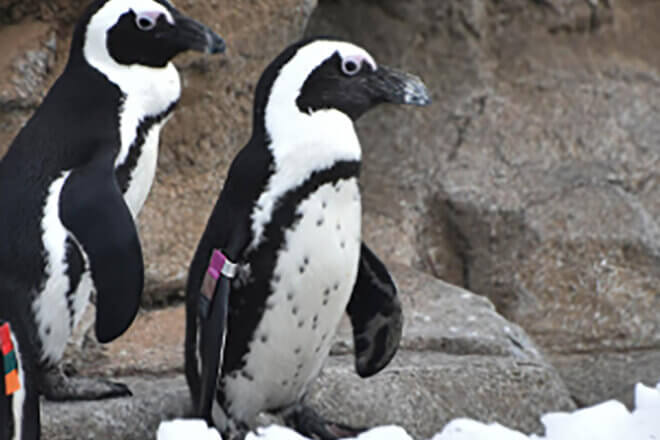
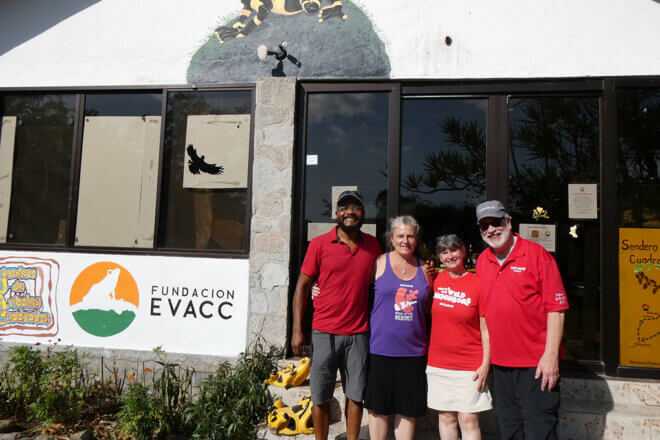

Share this article